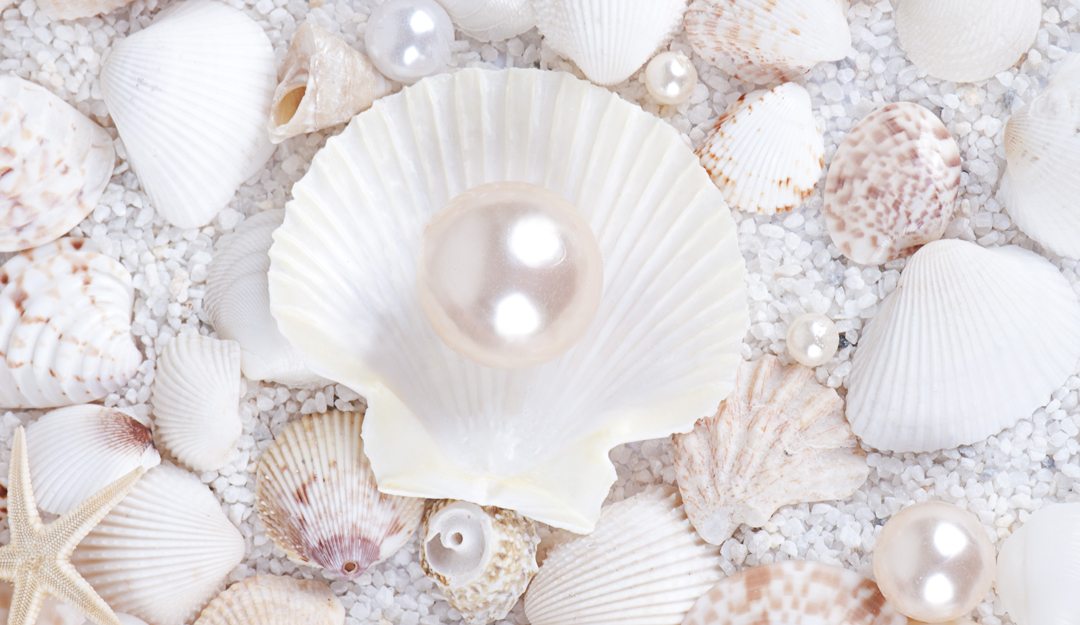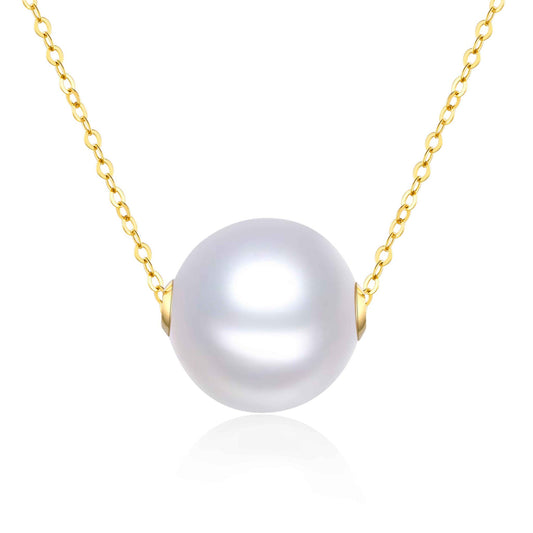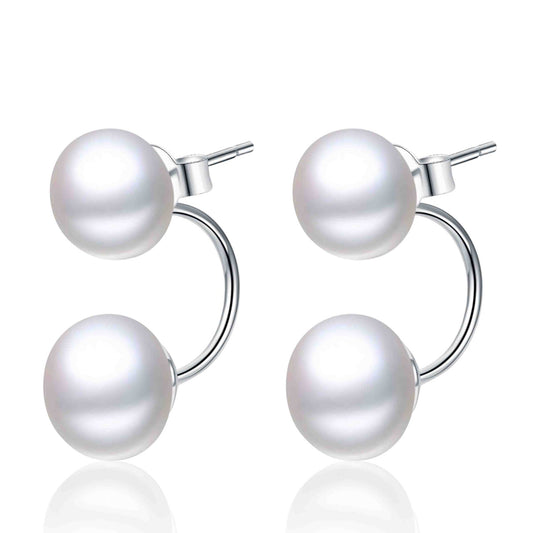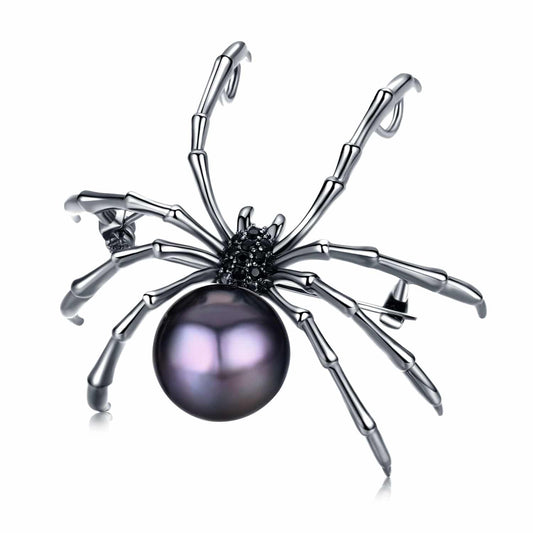
Zhuji: The Pearl City
Share
Zhuji City, in the Zhejiang Province of China, is one of the biggest hubs for freshwater pearls in the world. Zhuji is also the capital of the ancient Yue Kingdom and native town of Xishi, a legendary beauty in the old China.
In 2011, there were about 3,000 pearl farms in the city with more than 15,000 employees working in the pearl farming industry. The territorial waters span more than 409,000 acres.
Unsurprisingly, Zhuji boasts the largest pearl market and distribution center for freshwater pearls in the world. From there, pearls are exported to more than 50 countries.
Timeless Pearl recently traveled to this exciting city to find charming new designs. We also took some pictures for your enjoyment!
Zhuji Pearls Market
95% of freshwater pearls are cultured in China, with 90% of those gems coming from Zhuji which are mainly sold through the Zhuji Pearls Market. On average, 750 tons of pearls and pearl jewelry are sold each year. Products include:
- Loose pearl beads of all sizes, types, and colors
- Pearl jewelry
- Pearl crafts
- Side products like pearl powders
The first part of the market was built in 1985 by local pearl farmers and was called Guangshan. It was a small market with only 300 square meters and 60 stalls. Over time the market has grown, and now it spans 166,000 square meters with 2,380 showrooms in total of which 1,500 are currently in use.

Entrance to the biggest pearl market in the world in Zhuji pearl city
Xishi: The Great Beauty of Ancient China
Xishi was one of four women given the title of the Greatest Beauties of Ancient China. She was a washer girl at the banks of the Huan Sha River, where she was discovered by the King’s men to be trained as a spy.
She spent three years in the palace of Yue to receive training before she was sent to the King of Wu, Fu Chai, as an attribute. The King was smitten with her beauty and charm, so much so that he made careless political decisions – even killing his advisor over Xishi – that it weakened his government to no return. When the King of Yue invaded Wu, Fu Chai was unprepared and lost the battle.
It’s not entirely clear what happened to Xishi after this, but according to popular belief she took her own life, since she fell in love with Fu Chai and could not live with her part in his downfall.
But maybe she did not have to be so harsh on herself: It was said that she was so beautiful that when she looked at the fish in the pond under her balcony, they would be so dazzled by her beauty that they forgot to swim and sank below surface. Surely she can’t be blamed for the King’s affection!
A beautiful temple was built in honor of Xishi:

Entrance to the Xishi Temple

A close-up of the door to the Xishi Temple

A plaque at the Xishi Temple, commemorating Xishi
Since Xishi was discovered while washing yarn by the river, the town tradition is to yarn in the river – it is said that it will bring you good luck. Even today, lots of women go to the official washing place to wash their clothes with a wooden stick.

The area where yarn is washed in zhuji pearl city

The famous bridge in zhuji pearl city called the “washing yarn bridge“

The place of washing yarn showing a woman washing her clothes for good luck, with the “washing yarn bridge” in the background
Did you know that Timeless Pearl supports sustainable pearl farming? Click here to learn more!



